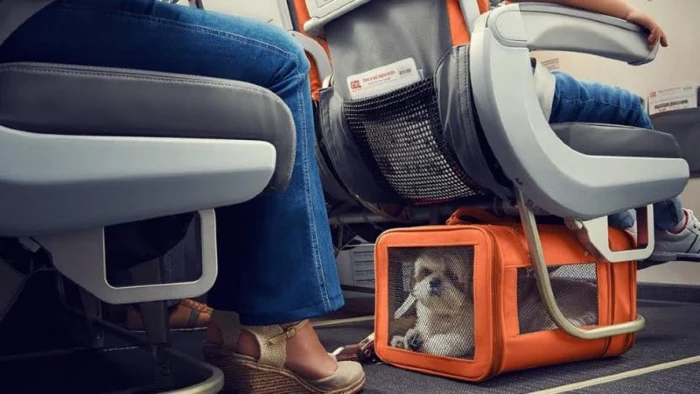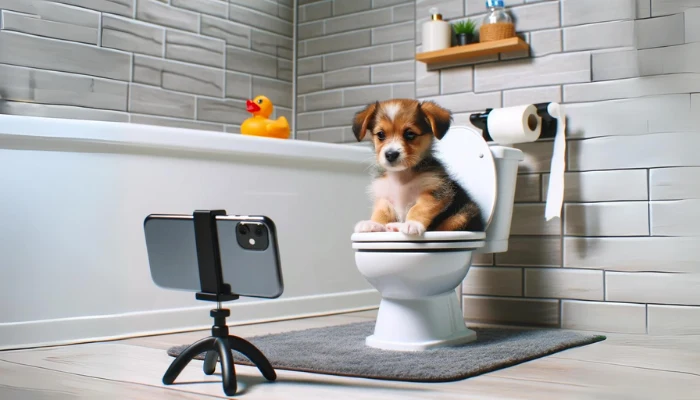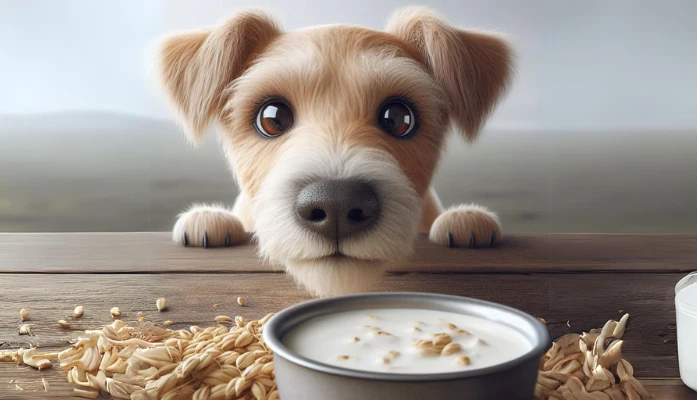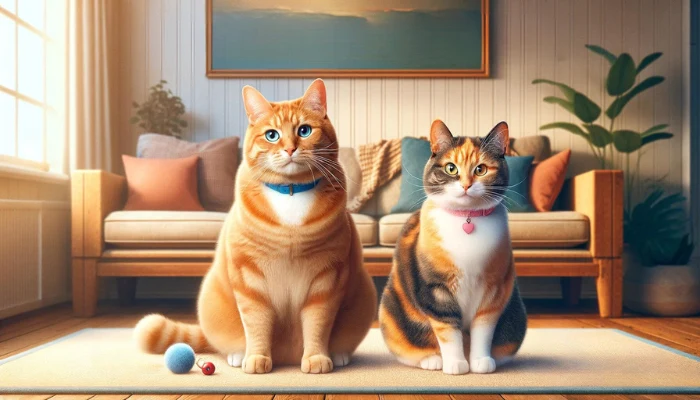Are you planning to fly with your furry friend in the cabin? Don’t fret! We’ve got you covered with a comprehensive guide that covers everything you need to know and prepare for a stress-free travel experience.
From airline requirements to health certificates and training tips, we’ll walk you through the process step by step. So buckle up (or should we say, “leash up”) and get ready for takeoff!
Step 1: Know the Airline Requirements
First things first, familiarize yourself with the specific pet travel policies of the airline you’ll be flying with. Each airline has its own set of rules regarding pet size, carrier dimensions, and weight limits.
For example, let’s say you’re flying with Korean Air.
Visit their website and check the requirements for traveling with pets. Korean Air, for instance, stipulates that the total weight of your pet and carrier should be 7 kg (15 pounds) or less, with carrier dimensions not exceeding 45 inches in length and 8 inches (hard carrier) or 10 inches (soft carrier) in height.
It’s crucial to adhere to these dimensions and ensure your pet can comfortably fit in the carrier within the weight limit to avoid any issues during check-in.
Pro-tip: Purchase the carrier well in advance and opt for one that meets the airline’s requirements. This way, you can familiarize your pet with the carrier and ensure a comfortable fit.
Step 2: Check Destination Requirements
Before jetting off to your desired destination, it’s essential to understand the specific requirements imposed by the country or city you’ll be flying your pet to.
Visit the USDA website and select the corresponding country on the list. There, you’ll find detailed information on the necessary documents and procedures for traveling with dogs or cats.
For instance, some destinations may require a rabies vaccine, microchip identification, and a valid health certificate issued by a USDA veterinarian and endorsed by the USDA. Take note of these requirements and ensure compliance to avoid any complications upon arrival.
Pro-tip: Check the destination’s specific requirements carefully, as they may vary based on factors such as pet age, length of stay, or residency. This way, you can avoid unnecessary tasks and streamline your preparation process.
Step 3: Obtaining the Health Certificate and USDA Endorsement
To secure the required health certificate and USDA endorsement, schedule an appointment with your veterinarian. The veterinarian will fill out and sign the health certificate, ensuring all necessary information is included.
Remember, the health certificate is typically valid for only 10 days after issuance and endorsement, so time your appointment accordingly. If an endorsement is required, visit the USDA website for your state, where you’ll find instructions and associated costs.
Follow the provided guidelines and submit the necessary documents for endorsement.
Pro-tip: Ensure you have all the required documents in order and within the specified timeframe to avoid any last-minute hiccups. Double-check the validity dates of the health certificate and keep a copy handy for reference during your journey.

Step 4: Training and Familiarizing Your Pet with the Carrier
For a smoother travel experience, it’s advisable to train your pet to be comfortable in the carrier before the flight.
Start by leaving the carrier open and accessible, allowing your pet to explore it freely. Gradually progress by closing the carrier for short intervals, gradually increasing the duration.
Consider taking your pet on outings, such as to pet-friendly coffee shops or outdoor areas, to acclimate them to the environment they’ll encounter during the flight.
The more familiar your pet becomes with the carrier, the more comfortable and stress-free the journey will be for both of you.
Pro-tip: Invest in a convenient, multipurpose bag to carry essential items during the flight, such as your phone, your pet’s food and water, poop bags, and more. Look for a bag that can be worn around your waist or across your body, providing easy access to necessities throughout the journey.
Step 5: Check-In and Security Tips
On the day of your travel, arrive early at the check-in counter to complete all necessary procedures, including presenting required documents and paying any applicable fees.
It’s advisable to contact the airline’s customer service in advance to reserve a spot for your pet, as availability may be limited.
Keep in mind that the space under the seat in front of you will be occupied by your pet’s carrier, leaving no room for personal belongings.
Opt for a compact bag that can fit essential items, making them easily accessible throughout the flight.
Pro-tip: Empty the water bottle before going through security to avoid additional checks. Refill it after passing security to ensure your pet stays hydrated during the journey. Arriving early is crucial, as unexpected issues may arise, and it allows ample time to resolve any last-minute complications.
Final Checklist for Flying with Your Dog in Cabin
- Familiarize yourself with the airline’s pet travel policies and adhere to carrier dimensions and weight limits.
- Check destination-specific requirements, such as vaccines, microchips, and health certificates.
- Schedule a veterinarian appointment to obtain a valid health certificate and necessary endorsements.
- Train and acclimate your pet to the carrier for a stress-free journey.
- Arrive early at the check-in counter and secure a spot for your pet.
- Choose a convenient bag to carry essential items and maximize space under the seat.
- Empty the water bottle before security and refill it afterward.
- Stay patient, calm, and attentive to your pet’s needs throughout the journey.
With these tips in mind, you and your furry companion are ready to soar through the skies together! Bon voyage!
Note: It’s important to continuously stay updated on airline policies, destination requirements, and any changes or regulations that may arise. Always consult official sources and communicate directly with the airline for the most accurate and current information.
Tips From An Experienced Frequent-Flying Pet Owner
FAQ
The most popular questions...
In order to fly in the cabin, your pets’ carrier will need to fit under the seat in front of yours, so pets 20 lbs and under are the size that are allowed to fly in the cabin.
More To Discover
- Protecting Your Dog: Key Vaccines, Their Importance, and Average Costs
- The Secretive Shift in Pet Food Regulation: What Every Pet Owner Needs to Know
- A Comprehensive Guide to Doggy Daycare: Choosing the Right Care for Your Best Buddy
- Dog First Aid: Essential Skills, Techniques, and Kit Every Dog Owner Should Know
Your pet will have to stay in the carrier until the plane is in the air, and then it must remain in your lap, unless you purchased a seat next to yours for him. When the plane is getting ready to land, your pet will need to be put back in his carrier.
If your dog tends to have anxiety issues when in a strange environment, you should ask your vet if they can prescribe a medication to help relieve your pets’ anxiety during your flights. You can also try a product called The Thundershirt which wraps around your pet and help reduce anxiety and stress.
























